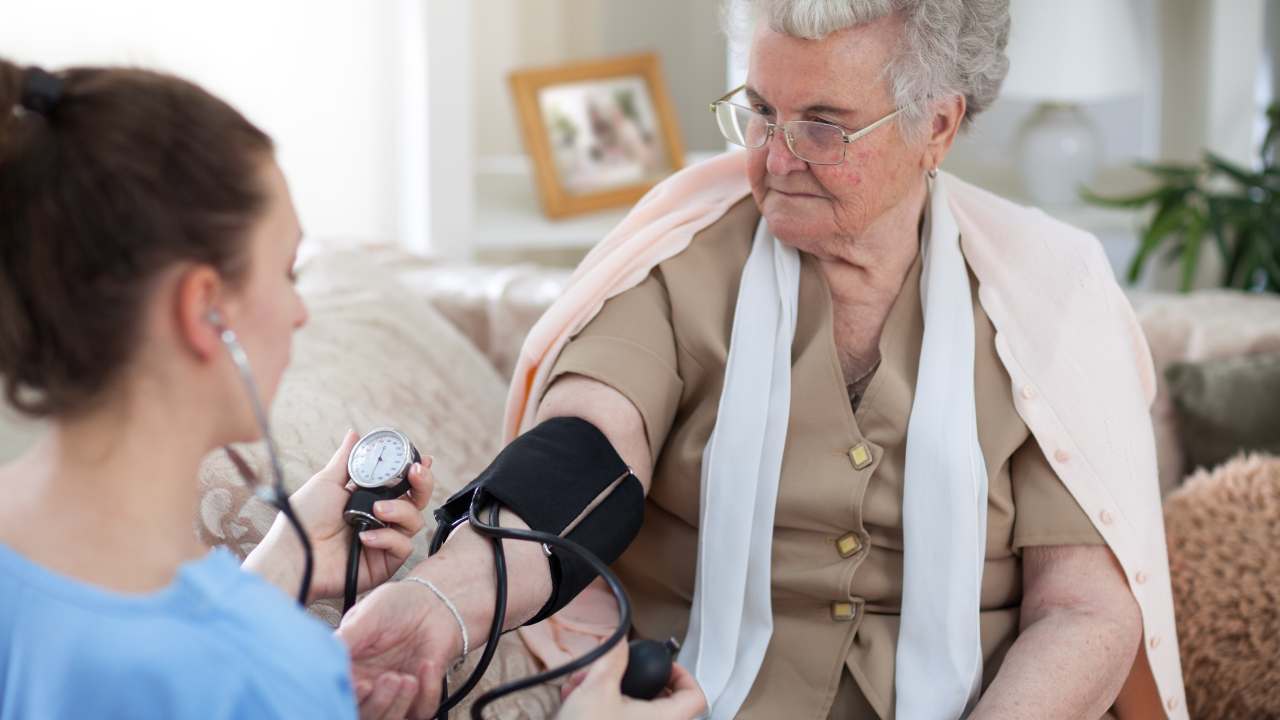INSIGHT AND OPINION
Insight and opinion from digital health leaders
Sign up to our newsletter for exclusive insights and news from NHS and healthtech leaders straight to your inbox

How my experience in the NHS helped us create a Patient Flow solution with a difference
Infinity Health’s Head of Projects, Alice Goodwin, shares how she supported the design of Infinity for Patient Flow. We discuss how her NHS experience informed how Infinity tackled the longstanding obstacles in a patient’s journey through a hospital.

Unblocking Patient Flow starts with Tasks
Digitising patient flow management can help hospitals to coordinate care for patients more efficiently and increase bed capacity. In this Health Tech World piece, Dr Jo Garland, Clinical Director, explains why it is futile implementing a tool that tracks patients, beds, and discharges, if it doesn’t drill down to the tasks that need to be completed.

How to improve patient flow in hospitals
Creating and maintaining good patient flow is vital to support hospitals and community organisations manage their patients efficiently and safely. Not only does a digital task management tool improve patient flow and improve patient experience in hospitals, but it also improves patient satisfaction in healthcare with more joined-up care.

What is task management and how will it help tackle NHS waiting lists?
More patients than ever are waiting for hospital treatment. There is a huge burden of administrative and time-consuming processes reducing time spent on direct patient care. Dr Jo Garland explains what a task is and why every NHS staff member should have access to a device that helps to manage them, opening capacity to see more patients.

Delayed discharge from acute hospitals – how to improve patient safety and experience
Delayed discharge from hospital of medically fit patients slows their recovery, makes it harder to admit new patients, leads to ambulance queues outside A&E departments, and puts additional pressure on staff. Dr Barry Henley explains what he thinks is needed to speed up hospital discharge.

Neighbourhood teams could transform healthcare - if they have the right tech
Neighbourhood Teams are an effective way of supporting patients to manage their conditions or recover at home. Dr Jo Garland discusses why they need the right tools from the start to make it a success for patients and staff.

Time to replace bleeps for good
Bleeps have been in use for decades to alert clinicians to an action needed. They are sturdy, reliable, and don’t need WiFi. The problem is that they are an outdated and inefficient solution for non-emergency situations. Dr Jo Garland speaks to Health Tech World about the alternative.

Battle of the bleep
Bleeps have been in use in the NHS for decades and regularly feature in both urgent and non-urgent hospital situations. Dr Jo Garland explains why they are inefficient and unsafe and what should replace them.

How to prevent PIFU from making health inequalities worse
A major gap in the research and development of PIFU is whether and how it might affect health inequalities. Ahead of a HETT panel on PIFU, Elliott Engers writes about how digital platforms should be used to prevent the exacerbation of health inequalities through PIFU.

Virtual wards don't go far enough for patients or clinicians: we must bridge the gaps before winter
With virtual wards vital to the NHS’s ability to function this winter, three experts from Infinity Health, DrDoctor, and Feebris assess what is needed to bridge the gaps in provision ahead of increased winter demand.
